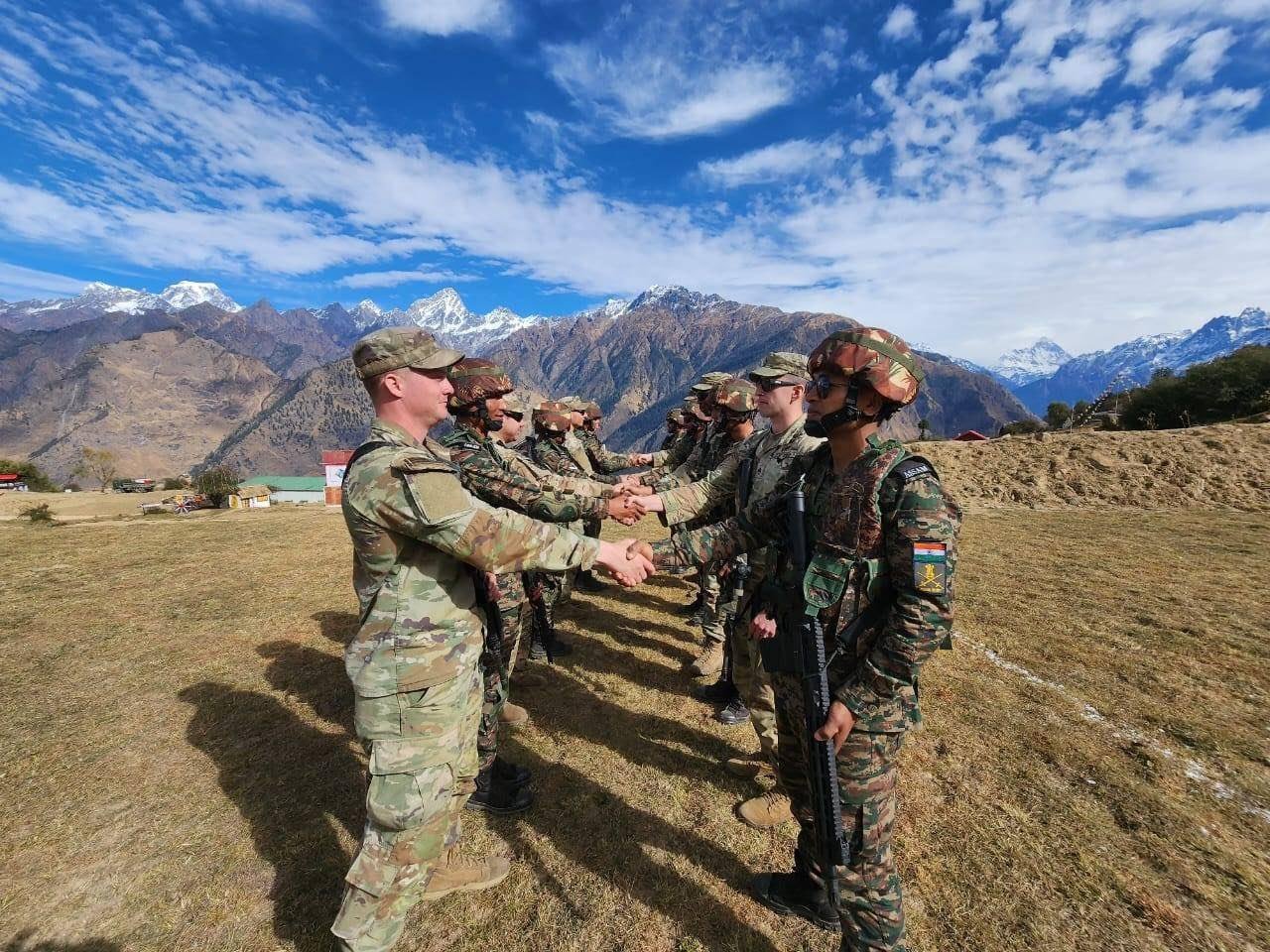Days after the Chinese People’s Liberation Army (PLA) and the Indian Army troops clashed at the disputed Line of Actual Control (LAC) in the Tawang sector, the PLA announced it had conducted a series of tactical military exercises in the high-altitude plateau of Tibet.
The most significant part of the drills was the live fire shooting using long-range rocket artillery, state-owned Global Times reported.
According to the analysts, this weapon performs exceptionally well in such challenging terrains and would assist the PLA in protecting the country’s sovereignty and territorial integrity.
A PLA Xizang Military Command brigade recently conducted the drill at an altitude of 4,600 meters (15,000 feet) in the bitter cold of -20 Celsius after setting up camp for many months deep in the Zangnan area, the southern section of Southwest Tibet, known as the Xizang Autonomous Region in China.
It is pertinent to note that ‘Zangnan’ is the name given by China to the Indian state of Arunachal Pradesh which Beijing considers part of South Tibet. In December last year, China’s Ministry of Civil Affairs said it had issued “standardized” names for 15 places in Zangnan or Arunachal Pradesh.
India, however, administers the entire state of Arunachal Pradesh and has traditionally refuted all such Chinese claims.
The recent clash between the PLA and Indian troops occurred in what constitutes the state of Arunachal Pradesh in India. This makes the Chinese military drills even more significant and would likely send alarm bells ringing in New Delhi.
According to CCTV, the drills tested the long-range precision strike capabilities of various long-range rocket artillery types against different targets while operating in the winter’s thin air.
PLA recently held live-fire long-range rocket artillery drills deep in China’s Xizang (Tibet). Experts said the weapon works particularly well in such terrain and helps safeguard national sovereignty, territorial integrity.pic.twitter.com/lOmeJ73I0I
— Zhang Meifang张美芳 (@CGMeifangZhang) December 18, 2022
According to the report, a reconnaissance drone took off from a launcher vehicle and guided PHL-03 multiple launch rocket systems to accurately hit mock targets representing air-defense missile launcher vehicles. Then the PHL-03s changed positions for the next mission.

The PLA Xizang Military Command’s main long-range artillery force has been regularly getting new weapons. The report further stated that the live-fire shooting yielded a wealth of new data that will enable the integration of both old and new technology.
“After switching to use new equipment and upgrades to munitions, fire coverage between dozens to more than 100 kilometers can be done with a single system, and it can also realize multi-point precision strikes instead of suppressive fire in a large area,” the report quoted Jiang Wei, a battalion commander of the brigade, as saying. “We can launch attacks as we go, which significantly enhances our fire strike efficiency and survivability,” Jiang said.
An unnamed Chinese military analyst told Global Times that long-range rockets are useful in plateau regions because they can achieve even greater ranges due to the thin air. On the other hand, many different types of equipment may falter due to a lack of oxygen at high altitudes. The expert noted the PLA troops will be able to calibrate the weapons in actual combat situations now.
These exercises came after China objected to the India-US joint military drills conducted about 100 kilometers from the Line of Actual Control (LAC).
China’s Answer to India’s High Altitude Military Drills?
Earlier this month, India and the United States concluded the 18th edition of their joint training exercise, “Yudh Abhyas 22,” which evoked strong reactions from China. More than the drills, which are routine for New Delhi and Washington, it was the location that rattled the PLA.
The exercise was held in the high-altitude Himalayan region of Auli in Uttarakhand. The location, at an elevation of approximately 9500 feet, is roughly 100 kilometers (62 miles) from the Line of Actual Control, a contentious border that divides India and the areas controlled by China.
India and the US dismissed the Chinese opposition to the drills, stating that “it is none of their (China’s business).” The exercises held from November 15 to December 2 allowed China’s arch-rival, the United States, to gain practical experience of “mountain warfare with arguably the world’s largest and most experienced mountain army, as previously noted in an article by the EurAsian Times.

According to Huang Guozhi, senior editor of China’s Modern Weaponry magazine, “At present, the world’s largest and most experienced country with plateau and mountain troops is neither the US, Russia, nor any European powerhouse, but India.”
Huang writes, “The Indian military has spent heavily on advanced heavy equipment from the US including the M777, the world’s lightest 155mm-towed howitzer, and the Chinook heavy transport helicopter that lifts the gun to boost its fire support and anti-armor capabilities.”
The recent clash between the PLA and Indian troops in the Tawang sector has signaled that the long-drawn border animosity between the two bitter neighbors is far from over and may even become a new normal.
Following the clashes, the Indian Air Force conducted military exercises along the LAC for 48 hours and deployed its top IAF jets like the Rafales and the Su-30MKI.
On its part, China has continued to amass troops and build infrastructure in the Eastern Ladakh sector. These skirmishes may continue to rise despite the negotiations between the two sides. Against that backdrop, both sides are strengthening their combat capability along the border.
- Contact the author at sakshi.tiwari9555 (at) gmail.com
- Follow EurAsian Times on Google News




